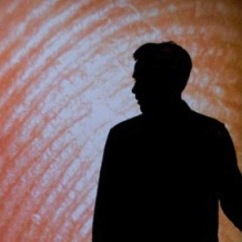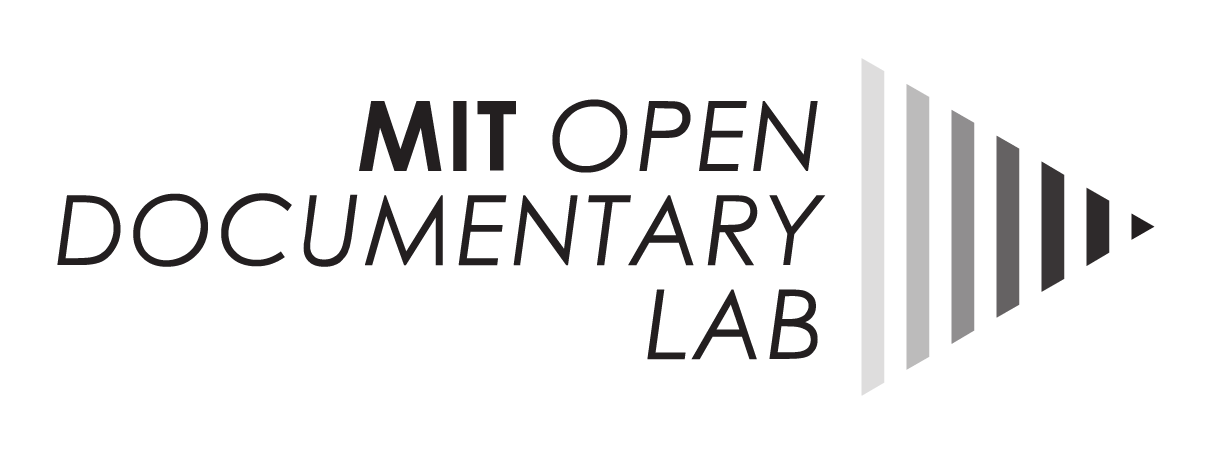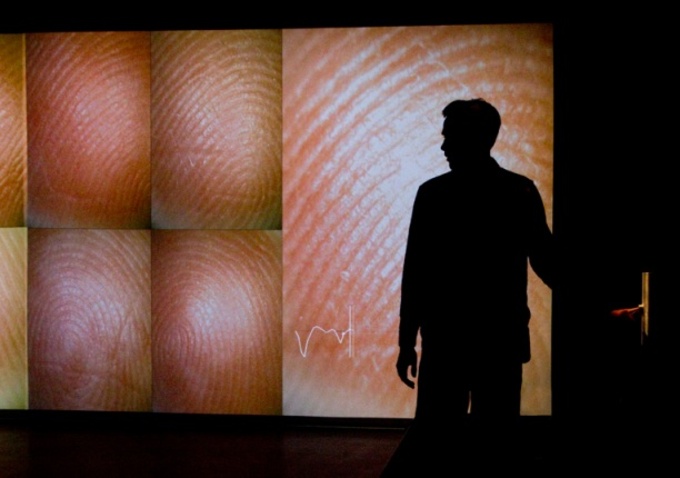
15 Feb ‘Index’ Fingers at Sundance’s New Frontier
The OpenDocLab teamed up with Indiewire and the Sundance Institute to publish a series of articles about the 2013 Sundance New Frontier festival, written by OpenDocLab research assistants. This was previously published in Indiewire’s Criticwire blog, and is reposted with permission.
‘Index’ Fingers at Sundance’s New Frontier
Katie Edgerton
For nearly a decade, Sundance’s New Frontier exhibition has showcased projects that push the boundaries of film. “Our job is to stay abreast of innovations in storytelling,” says New Frontier curator Shari Frilot. “As the media landscape changes, it’s profoundly affecting how we tell our stories.” As new technologies open fresh pathways for artistic expression and audience interaction, New Frontier projects explore the boundaries of what’s possible.
“Pulse Index,” Rafael Lozano-Hemmer’s 2013 New Frontier installation, uses digital sensors to invite audience participation. Projected on three walls, “Pulse Index” surrounds viewers with floor-to-ceiling photographs of fingerprints, each contributed by a person who visited the installation. The prints pulsate to the rhythm of the most recent participant’s heartbeat, giving the installation an organic, low-key vibe. Audience members can add their own fingerprints by placing an index finger inside a custom-built sensor equipped with a digital microscope. As the sensor projects the new fingerprint on the wall, the oldest print is pushed off, creating, in Lozano-Hemmer’s words, an ever-changing “memento-mori.”
“Pulse Index” relies on its audience members’ biological data — heartbeats and fingerprints — to create an aesthetic experience. While data seems like an unlikely starting point for a creative project, “Pulse Index” is part of a growing class of new media work that tells stories using statistics. As computers become increasingly capable of capturing, storing, and processing large data sets, artists and engineers are exploring how to best communicate that data, often in increasingly beautiful ways. The growing field of “data visualization” — creating images that showcase quantitative information — has advocates in fields as diverse as biology, mathematics, and design. Many of these visualizations use existing data sets. Aaron Koblin’s evocative “Flight Patterns” (2006) draws on Federal Aviation Administration (FAA) flight tracking data to show the ebbs and flows of American travel over a 24-hour period. Other visualizations create their own data banks. Each day, Jonathan Harris and Sep Kamvar’s “We Feel Fine” (2006-present) scours the Internet for sentences belonging with the words “I feel.” The program stores these snippets and sorts them by emotion, location, and known demographics — making it possible to see an image expressing how male New Yorkers felt last March, for instance.
While “We Feel Fine” engages with emotion in a cognitive way — quantifying how many people “feel” a certain way at a given point — “Pulse Index” uses quantitative data to create an emotional effect. Built using the heartbeats and fingerprints of recent visitors, some of whom may still be in the room, the piece has an immediacy and emotional intimacy that’s hard to quantify. The fingerprints, some stretched as large as floor-to-ceiling, bathe the room in a warm, welcoming light. Standing in the middle of “Pulse Index,” surrounded by the softly glowing fingerprints of visitors who came before, it’s hard not to feel part of a spontaneous community.
Born in Mexico and based in Montreal, Rafael Lozano-Hemmer has built a career at the intersection of art and technology. A self-described “electronic artist,” Lozano-Hemmer has been tinkering with technological installations since 1992. His work makes him as welcome in scientific strongholds as the art world. Next year, in addition to mounting a solo show at Istanbul’s Borusan Foundation, Lozano-Hemmer give a keynote at June’s Eyeo Festival, a techie Mecca. In Spring 2014, he will be a visiting artist at the Massachusetts Institute of Technology.
“Rafael takes technology, disassembles it, and reconstructs it in a playful manner,” said Julie Bourgeois, Lozano-Hemmer’s production manager. She describes “Pulse Index” as his poetic take on search and surveillance technology. Far less invasive than real-world tracking technology, “Pulse Index” personalizes the experience of fingerprinting, giving its audience power over the technology designed to track them.
In this way, “Pulse Index” has an element of wish fulfillment. Unlike government fingerprinting technology, “Pulse Index” has built-in ephemerality. The piece holds 10,925 fingerprints at a time, and the addition of each new print replaces an old one. As visitors cycle through the gallery, the piece changes, reflecting the makeup of its audience.
Visitor interaction is central to “Pulse Index”; Bourgeois calls it a “crowdsourced installation.” The piece is participatory by design, exploring possible ways technology can engage audiences in the act of creation. Assembled from images of fingerprints submitted by on-site visitors, the piece is literally animated by its audience. “It’s interactive,” said Bourgeois. “Without people, the artwork doesn’t exist.”
Katie Edgerton is a research assistant at the MIT Open Documentary Lab and graduate student in MIT’s Comparative Media Studies program.




